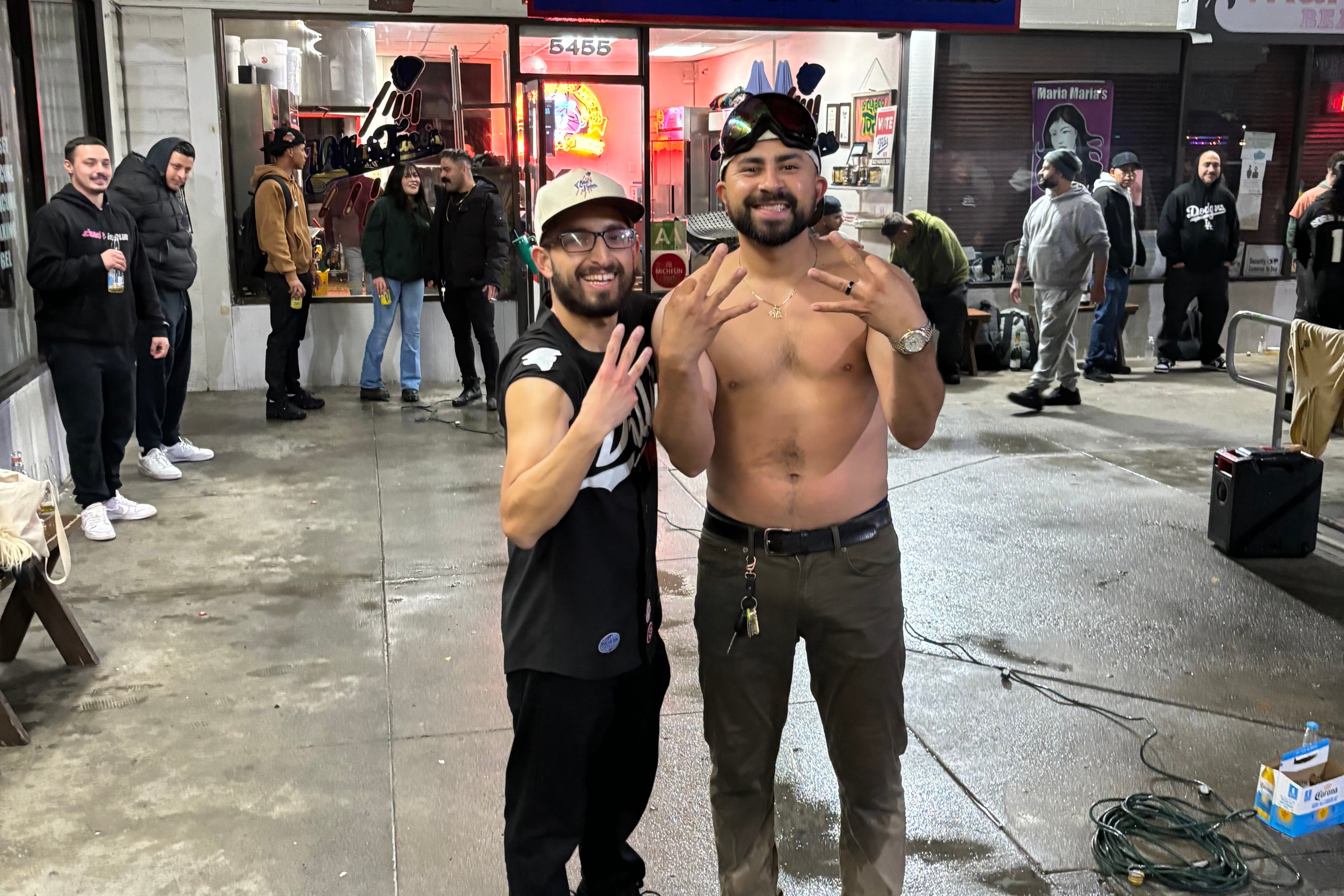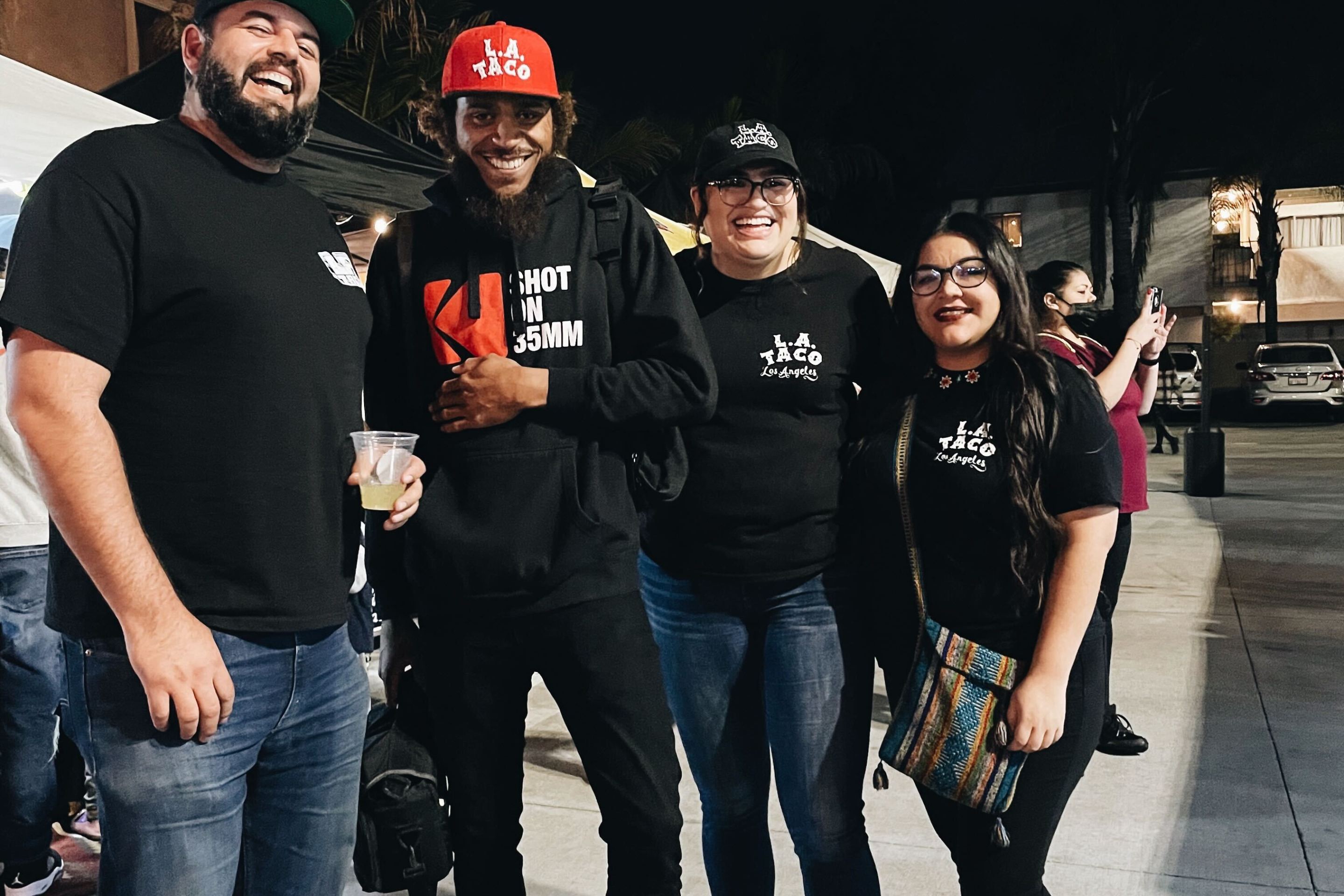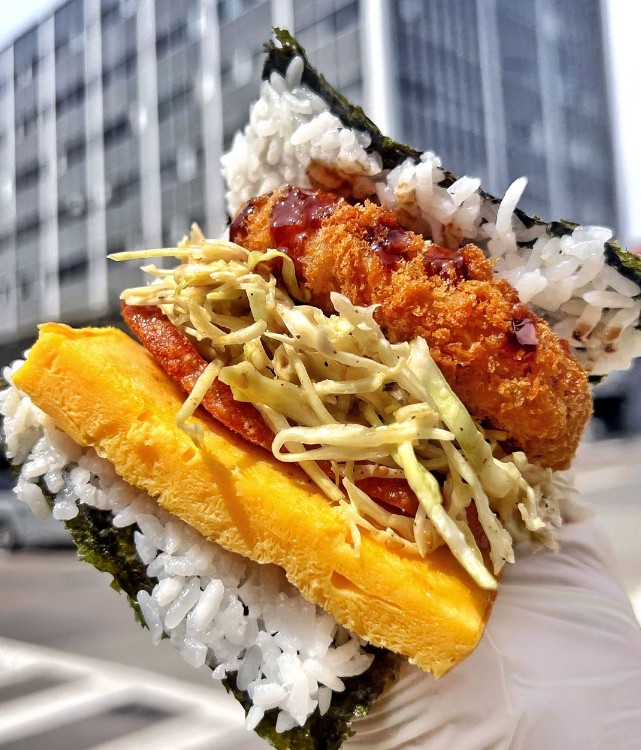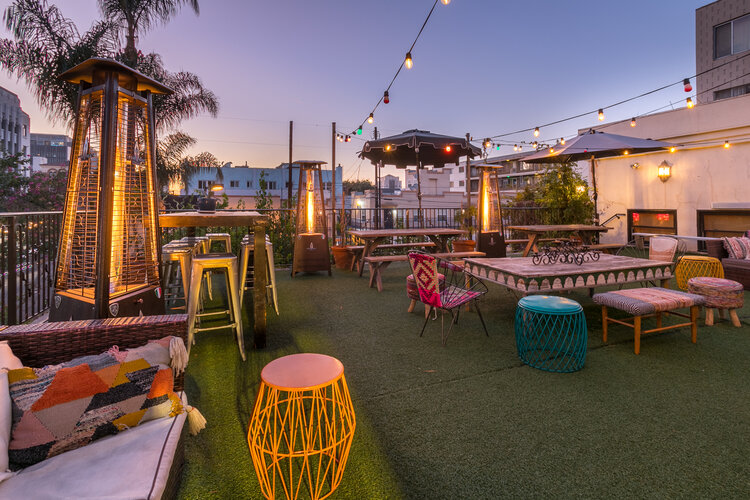Death of a Godfather: Peter ‘Sana’ Ojeda Reshaped the Mexican Mafia and Paved the Way for SoCal’s Gentrification

[dropcap size=big]D[/dropcap]ressed in his best flannel Pendleton, Peter “Sana” Ojeda can be seen at El Salvador Park weidling his will over a collection of Southern California’s most hardcore gangsters while standing on a raised platform, like a king on his dais, on a cool January afternoon in Santa Ana 26 years ago. It was 1992, in the middle of a three-year span that would turn out to be one of the most violent in Santa Ana history.
This was the moment, the Mexican Mafia or the ‘Eme’ consolidated its power over crime in the region by uniting cholos battling over street turf and painted walls with the promise of wealth and power the likes of Lucky Luciano, Al Capone, or Sam Giancana.
The man known as the “OC Godfather,” for his role in the founding of the Mexican Mafia, died June 7 of a heart attack in prison where he was serving a 15-year sentence. According to journalist Sam Quinones, Ojeda, the oldest active member of the organized crime syndicate, died on the operating table. He was 76.
Ojeda’s death highlighted the evolution of the prison gang to its current status as a player in international drug trade, a major player in Southern California organized crime and one of the primary reasons why violent street level crime has fallen over the past decade, according to Quinones, the noted author and journalist.
Ojeda was one of the masterminds behind the current structure of taxation, racketeering, and extortion in most Latino neighborhoods in Southern California, Quinones pointed out in a recent interview with L.A. Taco.
“He was one of the ones who started it. He was the guy who, whether he understood it or not, was responsible for building one of the most powerful crime syndicates in region,” Quinones said. “He may have initially not known what he was doing. But nevertheless, what he started in Salvador Park was a taxation on all the other mafiosos who were in prison or on the streets.”
Ojeda's death, Quinones points out on his blog, is significant as Ojeda played a pivotal role in the Mexican Mafia’s rise. Quinones writes:
To understand Ojeda’s importance, it’s important also to understand that the Mexican Mafia is neither Mexican nor was it, for many years, a mafia, strictly speaking. It is a prison gang, controlling Latino gang members in the state prison system. It took its name as a way of inspiring fear in others. Ojeda was part of that formation early on, as well as the spread of the Mafia’s influence across the state prison system.
The Mexican Mafia had no connection (until recent years) to the underworld in Mexico. Its members were, to begin with and for many years, like Ojeda’s, Mexican-American, who spoke only halting Spanish, if any at all, and whose families had been in the United States for generations.
For many years, in fact, the Mexican Mafia only ran prison yards and its influence was barely felt outside those walls.
A memorial tribute video was posted to YouTube after Ojeda's death, dubbed with Chicano oldies:
A YouTube memorial for Ojeda
Quinones also points out that the Mexican Mafia’s rules against street violence has impacted the housing market in classically Latino neighborhoods, and led to rising values, rents, and displacement of groups of people. In our interview, Quinones detailed the depth of Ojeda’s influence and the current status of the infamous U.S. crime syndicate the don helped create.
RELATED: What You Need to Know About Gangs in Los Angeles
L.A. TACO: I heard they called him the OC Godfather, what was that about? Did he really earn that?
SQ: Absolutely. He was within the Latino gang world pretty much the center of it all. In Orange County, especially, he became very well-known, very respected, and absolutely feared. He was it. There were no other guys from Orange County. None with the status of Ojeda.
What is so noteworthy about Ojeda’s death?
He was a symbol of the era in the prison gang world when their numbers were very large. Therefore, this organization could leave the prisons and extend their influence to the streets, to all these gang members. Everyone was well aware the prison gangs. They were respected and feared but not necessarily in control on the streets of L.A..
He was the pioneer of a system that continues in all of Southern California for more than 25 years. Before Ojeda, no one understood that large numbers of gang members on the streets would take orders from prison and with that meeting in Santa Ana, it became clear.
What role did he still play in the organization at his death?
He was always a guy that always had to be taken into consideration. He remained a man of respect. Everybody followed his lead.
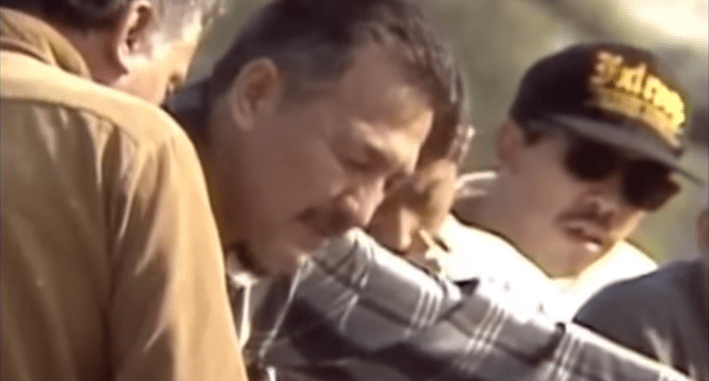
How much of an impact will it make at a street level?
I doubt any. Because what he started is now part of the Latino gang. Some neighborhoods have been dealing with taxation for two decades. In terms of organized crime leaders, people come, people go, but the system persists. Everybody is kind of used to this system.
Virtually in every Latino barrio in Southern California, someone is always collecting taxes or working toward the day that they can start collecting taxes. It’s just part of life. His passing will not affect that.
What is the current status of things on the street? How powerful is the Mexican Mafia these days?
They are very, very powerful. We now have seen in the region a miracle, which is the retreat of public behavior and activity that we used to see for many years. Gangbanging at parks, loitering at liquor stores, drive-bys, all of that has retreated. It’s no longer that same manifestation of that street gang. The mafia is a big part of that. They understand that this tit-for-tat gangbanger stuff creates public outrage and sparks political maneuvers. It’s bad for business, so it’s ‘Let’s bring it off the streets.’
It doesn't mean gangs don’t exist. It means that they do not create the street crime that they were once responsible for. And what you are seeing now is, in places like Cudahy, Azusa, San Bernardino, classic gang neighborhood, houses are being sold for very decent prices. In neighborhoods where gangs made houses worth nothing, now they are going for 200, 300 thousand dollars. And the mafia has a lot to do with it.
In Southern California, MS-13 is a subsidiary of the Mexican Mafia structure.
This creates other problems, like a larger homeless population, because there isn’t artificially low rent created by crime. Rents rise when you no longer have gangs artificially suppressing values. Now some people may call this gentrification, but I think that refers to certain type of movement, I don’t believe is actually happening here. What we are actually seeing is, working-class families that have no connection to gangs moving in to these neighborhoods. For example, I just spoke to three families headed by Filipino nurses moving into old gang territories.
There are several other factors, but no doubt in my mind that gangs have morphed form defenders of some 12 blocks of turf to businessmen engaged in some legitimate enterprise but also in extortion, credit card fraud, identity theft, etc. None of that is good, but they have moved off the streets. People have gotten a respite from violence, robbery and having to paint over the tagged-up garages every week. And it’s largely in Latino neighborhoods at behest of the Mexican Mafia.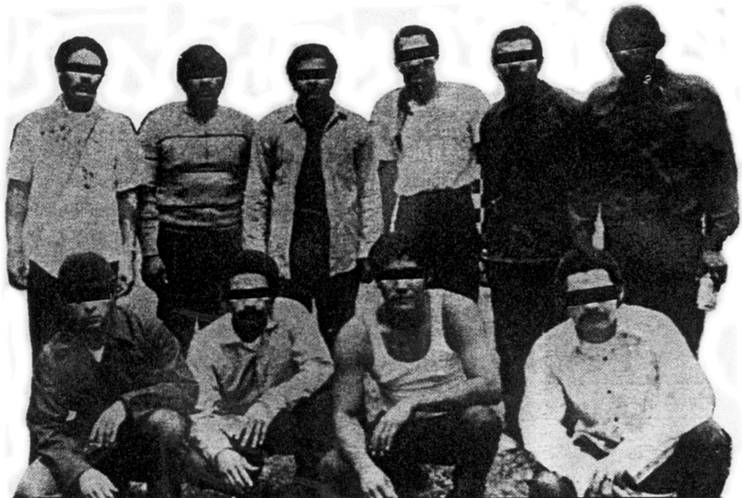
There’s a lot of talk of MS-13. Are they a real threat comparable to the 80s, 90s street gang flare-ups or is it cholo fear-mongering?
It’s overdone. MS-13 does not have much power anywhere but a few parts of the country. I don’t hear about it in L.A. almost at all anymore. You don’t see the graffiti anymore, not to say there isn’t involvement, it’s just muted not creating the havoc that the gangs created early on.
In Southern California, MS-13 is a subsidiary of the Mexican Mafia structure. That’s why the have the 13 next to their name. The 13 is a reference to the letter ‘M’ or eme. They are a holy terror in El Salvador. But much less of an issue in the United States. The focus on them has been primarily because of the president.
That’s not to say MS13 isn’t a problem. But compared to the gangs in the 80s and 90s, there was more truth to that because it was so much more widespread. I was a reporter in Stockton during that period and we saw some real violence. They were in a lot of parts of California and there were often violent flare-ups, actual drive-bys and murders of innocent people. Cholo gang members were pretty violent.
Ms-13 is far more limited geographically. That’s not to say they aren’t pretty fearsome and it’s really scary in El Salvador, where it’s a type of terrorist organization. Not that kind that sows terror for politics but for the advancement of the gang’s influence and control.
I’m not saying it shouldn’t be a priority, but if they really wanted to do something there would be a focus on working with El Salvador, because that’s where the gang is a serious menace. Now people might say Well that’s far away. But life shows you cannot avoid a problem like that. It’s a virus that will spread. We'd be far better off if we began a long-term plan of collaboration with the government of El Salvador. They are overwhelmed and we have to be part of that solution. We did help create it, after all.

How involved are the Mexican cartels in Southern California organized crime?
There are two things at play. There is the big cartels which do exist and then there is independent Mexican drug traffic which is the majority of it here. And they operate on relatively small scale compared to the cartels, who are focused on big importing and exporting type of deals. That being said, Mexican cartel culture has deep and sustained influence for decades on the region easily since the 1980s. That remains an issue.
Also, to say that it doesn't’ exist here would be foolish. But the Mexican Mafia has only recently, in the last eight, nine, ten years, connected up with the drug-trafficking world. They are two separate entities. Most members of the Mexican Mafia are not Mexicans. They are usually Mexican-Americans t. It has been rare that you have a Mexican-born-in-Mexico speaking Spanish, or even culturally Mexican, as part of the Eme. Now they want to connect up with the cartels primarily for drug supply. So the Mexican cartels are moving up. I’m just not sure how successful they are.
Are we as a society safer than say 5 or 10 or 20 years ago on gang-related crime?
Without a doubt. The L.A. murder rate in 2017 was 271 homicides. That’s in a city of 4 million plus a metro region of about another 10 million. The last time we had that few homicides was in 1967 when we had a million fewer people in the city. (L.A. County population was about 3 million less in 1967.) We have achieved equally lower crime numbers with more people. That’s an amazing stat.
Add the fact that the rising value of neighborhood houses. Working-class families can now realize value in their property that they never could 10 years ago. Street gang violence was artificially suppressing that value. All of it is a sign, that all across the region, life has become less violent, easier to manage, and more appealing. There are a lot of reasons for that, but the gang thing is huge. That retreat into the shadows, not they have disappeared, but that it’s muted, that they are just doing other things. And we are easily safer than we were fifteen years ago. Much better off.
Judge Orders L.A. Times to Delete Info on Glendale Detective’s Ties to Mexican and Armenian Mafia
‘Ghost Guns’ ~ L.A. Gangs Are Making Their Own Untraceable Firearms
83 Members of the 'Mexican Mafia' Charged for Drug Trafficking in L.A. County Jails
Stay in touch
Sign up for our free newsletter
More from L.A. TACO
Announcing the TACO MADNESS 2024 Winner: Our First Ever Three-Time-Champion From Highland Park
Stay tuned for the new date of our TACO MADNESS festival, which was unfortunately postponed this last Saturday due to rain.
What To Eat This Weekend: Cannabis-Infused Boat Noodles, Thai Smashburgers, and “Grass & Ass”
Plus, a pizza festival and a respected chef from Toluca, Mexico comes to Pasadena to consult for a restaurant menu, including enchiladas divorciadas, and more.
Facing ‘Immediate Layoffs,’ L.A. TACO Launches Membership Drive to Save Our Publication
After Sunday, we do not have enough money to make another payroll. We need 5,000 members to become sustainable. Our deadline is April 26th to hit this goal.
This New Koreatown Onigiri Spot Is Unlike Any Other in Southern California
Supamu, which started as a food truck and a series of pop-ups, brands itself as Southern California’s first Okinawa-style onigiri. What sets its onigiri apart from competitors? All the details are in the post, plus where to find it.
When ‘Tomorrow’ Never Comes: The Saga of a DTLA Bar Staff’s Struggle To Get Paid
A barback recalled a time when he had to use a payday loan app to cover a dinner bill. “How can you, with a straight face, hand someone a check knowing that there isn’t money in the account,” the barback questioned.
